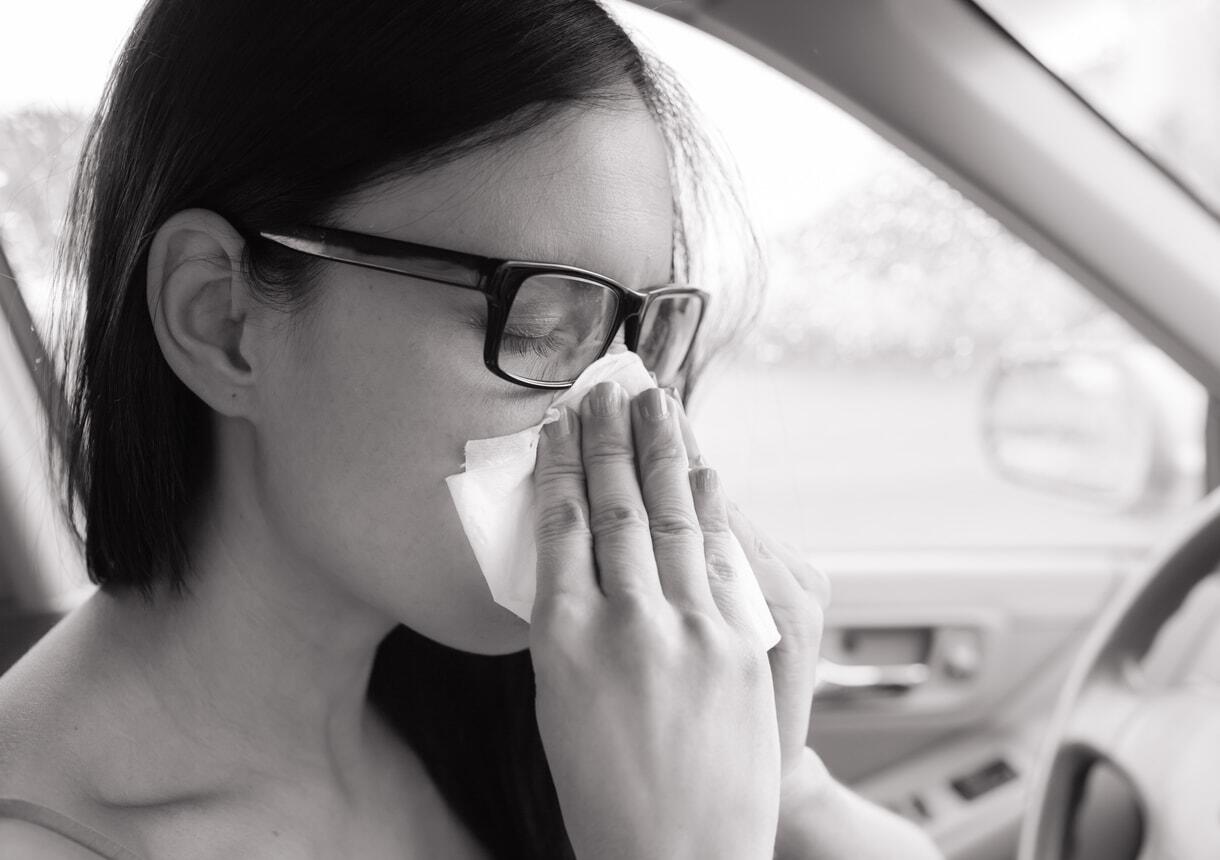Driving with a heavy cold has been equated to driving after having four double whiskeys!
It’s cold season, and it seems like every other person walking around is coughing and sneezing. We all know that a cold can be quite a nuisance and keep you troubled for days, but we rarely think of it as a danger while driving. However, recent studies show that driving with a heavy cold can increase your chances of getting into car accidents.
Dangers of driving with a cold
Drivers with a cold can be some of the most dangerous people on the road. According to research conducted by British Insurance Company Young Marmalade, cold sufferers exhibit an increase in poor driving.
Researchers revealed that driver’s reaction times reduced sharply when they experienced severe cold symptoms. Also, sudden braking became more frequent and cornering also became erratic, because drivers were found to be less aware of the surroundings.
The researchers used a telematics box, a device similar to the airplane’s black box, to record the speed, cornering and braking. The data collected was then analyzed and it was found that a healthy driver has a driving rating of 95 percent, but when the same person suffered from cold, the rating fell to 60 percent. According to the rating system in the UK, a person at 60 percent rating is at risk of an auto accident and may be considered uninsurable by insurance companies.
Drivers suffering from heavy cold could be putting lives at risk, and consuming over the counter cough syrups or cold medications could further increase this risk. Colds and flus could also lead to dangerous and reckless driving behavior.
With a severe cold, violent sneezing could cause a driver to close their eyes for a few seconds–enough time to cause a crash.
Symptoms that you should avoid driving
Here are some symptoms of a heavy cold and flu that indicate that your driving ability may be compromised.
- Fever: A fever greater than 100 degrees Fahrenheit can cause confusion and lightheadedness. So, it is best to avoid driving if you have high fever.
- Headache: While driving with a mild headache may be ok, if it resembles a migraine and you experience symptoms such as sensitivity to light and sounds, blurred vision, confusion, or shooting pains, you should avoid driving.
- Fatigue: Do not drive if you are feeling overly tired. Fatigued driving is responsible for thousands of car accidents each year and could be just as dangerous as driving under the influence.
Other symptoms to watch out for include:
- Muscle aches
- Excessive coughing or sneezing
- Chills
- Runny nose

